Federal authorities arrested a 29-year-old man on suspicion of starting the Pacific Palisades fire that swept through Los Angeles in January, killing 12 people and destroying more than 6,000 homes.
Jonathan Rinderknecht has been charged with destruction of property by means of fire, acting U.S. Attorney Bill Essayli said.
Prosecutors have indicated that additional charges, including murder, could follow.
- Jonathan Rinderknecht, 29, was arrested for starting the Pacific Palisades fire that killed 12 and destroyed over 6,000 homes in LA.
- Investigators found Rinderknecht generated a ChatGPT image of a burning city months before the fire started.
- The fire began as a small blaze on January 1 but reignited on January 7, burning 23,000 acres and causing $150 billion in damage.
A 29-year-old man has been arrested on suspicion of starting the L.A. Fires in January
Image credits: Tayfun Coskun/Getty Images
The fire began on January 1 as a smaller blaze, known as the Lachman Fire, near a popular hiking trail in the Palisades.
Investigators say Rinderknecht, who had driven for Uber on New Year’s Eve, started the fire with an open flame after dropping off his last passenger.
The initial fire was quickly extinguished by firefighters. But it smoldered underground in vegetation and was later reignited on January 7 by strong winds, growing into the massive Palisades fire.
The fire burned over 23,000 acres, destroyed nearly 7,000 structures, and caused an estimated $150 billion in damage, court documents reveal.
Image credits: Jon Putman/Getty Images
The fire raged for more than three weeks, wiping out neighborhoods and parts of Topanga and Malibu. Homes of several celebrities, including Mel Gibson, Paris Hilton, and Jeff Bridges, were also destroyed.
Evidence collected from his devices included an image Rinderknecht generated on ChatGPT depicting a burning city.
Investigators also cited videos he took of firefighters at the scene and multiple attempts to call 911 on New Year’s Eve, which would not go through because of patchy service.
Rinderknecht asked ChatGPT to generate an image of a burning city months before the fire
Image credits: Justice Department
The police also found a screen recording of Rinderknecht trying to call emergency services.
He finally got through, and when firefighters reached the scene, he offered to help them extinguish the blaze.
Rinderknecht had asked ChatGPT, “Are you at fault if a fire is lift [sic] because of your cigarettes?”
Investigators said the suspect wanted to “preserve evidence of himself trying to assist in the suppression of the fire. He wanted to create evidence regarding a more innocent explanation for the cause of the fire,” the indictment said.
Court documents indicate that Rinderknecht had previously lived near the Skull Rock Trailhead, where the fire allegedly began. He moved to Florida shortly after the fire, authorities said.
Image credits: Christina House/Getty Images
He appeared in federal court in Orlando on Wednesday but did not enter a plea. A bond hearing was scheduled for Thursday, and his official arraignment in Los Angeles will take place in the coming weeks.
The arrest follows months of investigation. Officials examined more than 13,000 pieces of evidence and over a million phone records, including location data and communications.
Investigators used his phone data to pinpoint Rinderknecht’s location when the fire started, but officials noted that he lied to them when they pressed him on details, saying he was near the bottom of the trail.
Five months before the fire, Rinderknecht asked ChatGPT to create an image of a “dystopian painting.” Investigators said his prompt consisted of a burning forest and a crowd of people running away from a fire.
He also wrote about burning the Bible and feeling liberated
Image credits: Justice Department
The prompt read, “In the middle [of the painting], hundreds of thousands of people in poverty are trying to get past a gigantic gate with a big dollar sign on it.
“On the other side of the gate and the entire wall is a conglomerate of the richest people. They are chilling, watching the world burn down, and watching the people struggle. They are laughing, enjoying themselves, and dancing.”
Then, a month before the fire, Rinderknecht told ChatGPT, “I literally burnt the Bible that I had. It felt amazing. I felt so liberated.”
Investigators noted that Rinderknecht was interviewed on January 24 and appeared to be nervous, and his carotid artery pulsated whenever he was asked who had started the fire.
California Governor Gavin Newsom said the arrest was an important step to “bringing closure to the thousands of Californians whose lives were upended.” He noted that the state is supporting federal investigators in their ongoing work.
Hours after the arrest, the Los Angeles Fire Department released a report examining its response to the Palisades fire in the first 36 hours.
The report cited nearly 100 challenges, including “dry vegetation, unrelenting and unusual wind activity, significant ember cast, a landscape packed with combustible vegetation, large vulnerable structures, a diminishing water supply, and a loss of aerial suppression support.”
The report, which aims to identify lessons learned from the response, found that firefighters did not have enough resources for the weather conditions and hurricane-force winds.



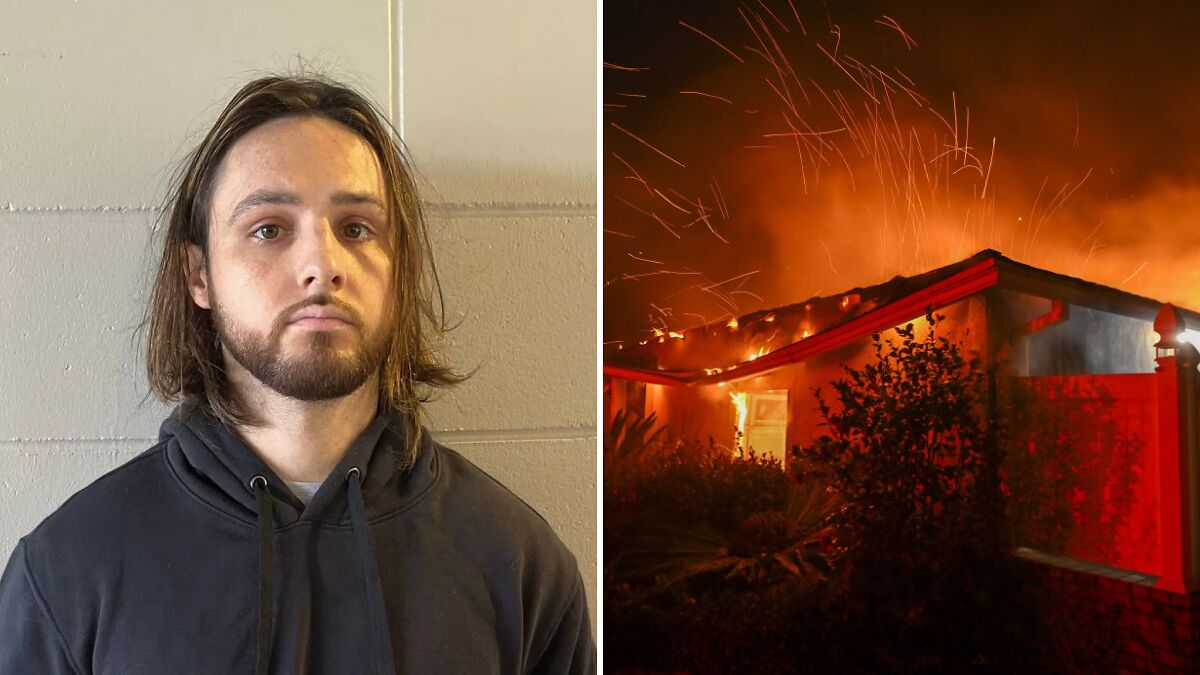
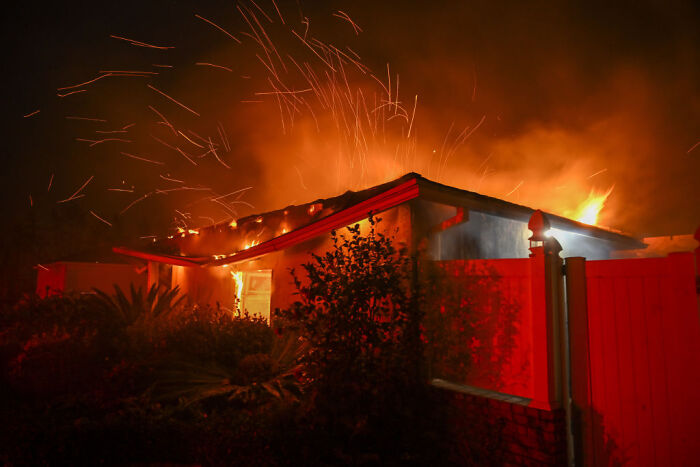
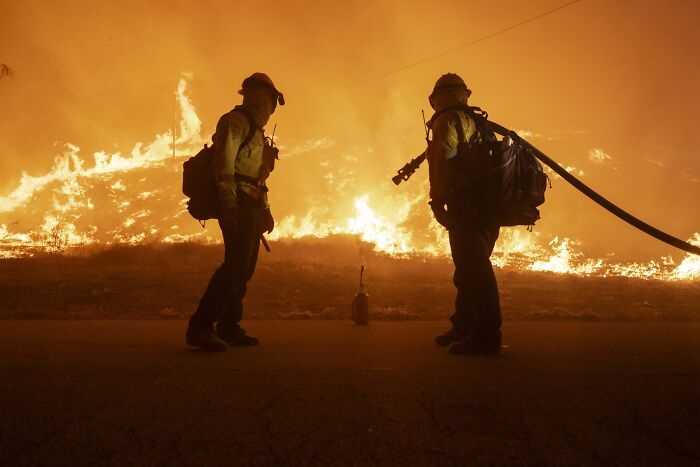
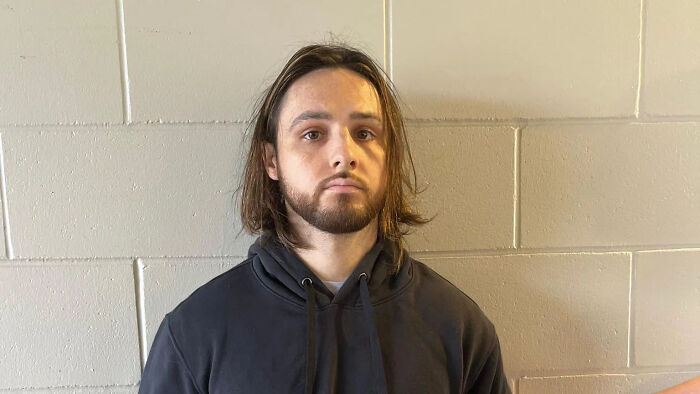
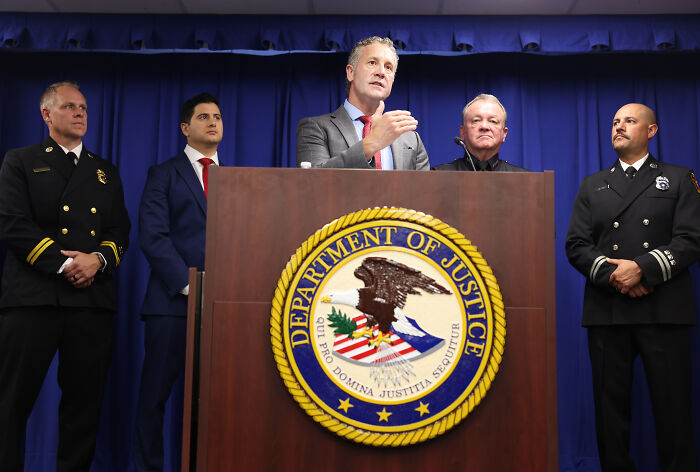
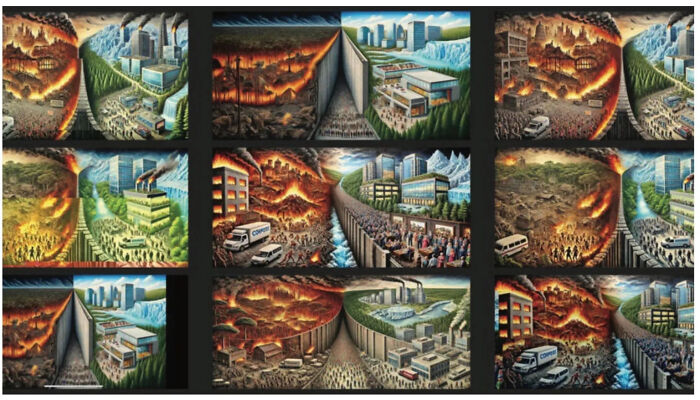



14
1